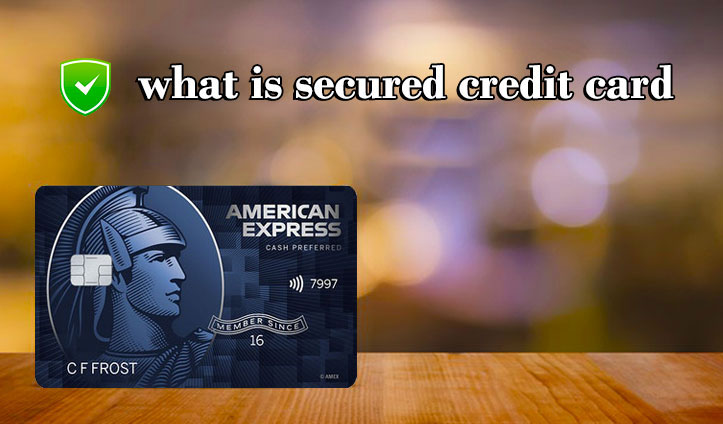Secured credit cards can help people with bad credit or short credit histories escape this paradox. Here’s what you need to know to understand secured cards and how they differ from regular “unsecured” cards.
What is a secured credit card?
A secured credit card is backed by a cash deposit you make when you open the account. The deposit is usually equal to your credit limit, so if you deposit $200, you’ll have a $200 limit.
The deposit reduces the risk to the credit card issuer: If you don’t pay your bill, the issuer can take the money from your deposit. That’s why these cards are available to people with bad credit or no credit.
What happens to that $200 deposit if you always pay your bill on time? You’ll eventually get it back. Use the card responsibly, and you can improve your credit enough to qualify for an unsecured card — one that doesn’t require a deposit.
Some of the best secured cards may allow you to upgrade your account directly to an unsecured card. Others don’t have an upgrade process, so you’ll have to apply elsewhere, then close the secured card. When you upgrade or close a non-delinquent secured card, the issuer refunds your deposit.
The minimum and maximum amount you can deposit varies by card, but you should be prepared to come up with at least $200 for a secured card deposit.

Secured vs. unsecured cards
Whether you need a secured card comes down to how good your credit is.
For unsecured cards, which don’t require a deposit and therefore pose more risk to the issuer, credit-card companies typically require at least average credit, and good or excellent credit for the best ones.
Some unsecured credit cards advertise themselves as easy to qualify for even if you have bad credit. But these cards usually charge extremely high fees.
How secured credit cards work
Once the initial deposit is paid, secured cards work just like unsecured ones:
-
You can use them wherever credit cards are accepted, including online
-
You can build or rebuild your credit by using the card responsibly and paying your balance on time
-
You incur interest if you carry a balance
Most major credit card issuers offer both secured and unsecured cards. Annual fees are common, but you shouldn’t pay more than $50. You can find multiple options with no annual fee at all among our favorite secured cards.
If you can’t qualify for an unsecured card, a secured card can be a great tool as you look to improve your credit. But it’s as important to be responsible with a secured card as it is with any other loan or bill that shows up on your credit report.
Secured credit cards vs. prepaid debit
Prepaid debit cards seem similar to secured credit cards. You have to pay money before you can use the card, and they typically have a Visa, MasterCard or American Express logo.
But with prepaid debit cards, you’re using your own money to make purchases — not money borrowed from the issuer. You load money onto the card, then the issuer uses that money to pay for your purchases.
Since these cards don’t extend any credit, account activity isn’t reported to the credit bureaus. Therefore, you’re not building a credit history by using a prepaid card. Prepaid debit cards can also have fees that secured credit cards do not.
If building credit is your goal, a secured credit card is really your best bet.
How to use a secured card effectively
Although they require a deposit, secured credit cards are a powerful tool for rebuilding credit. Here’s how to use one most effectively:
-
Use the card sparingly, making only one or two small purchases every month
-
Pay your balance in full every month before the due date. When you pay in full, you won’t be charged interest. Interest rates on secured cards are generally higher than those on unsecured cards.
-
Keep an eye on your credit score over time; when it has meaningfully improved, ask your issuer about upgrading to an unsecured card
How fast does a secured card build credit?
Many people find that by using a secured card carefully, it takes only about a year to improve their credit score enough that they’re able to qualify for an unsecured card. Some issuers will let you transfer your secured line of credit to an unsecured one, which is better for your credit score because it doesn’t require you to open a new account.
But even if you do have to apply for a new unsecured credit card, you may be able to enjoy some of the benefits of having good credit — lower interest, rewards and more competitive fees.
When that day comes, your time rebuilding your credit with a secured credit card will have been worth it.